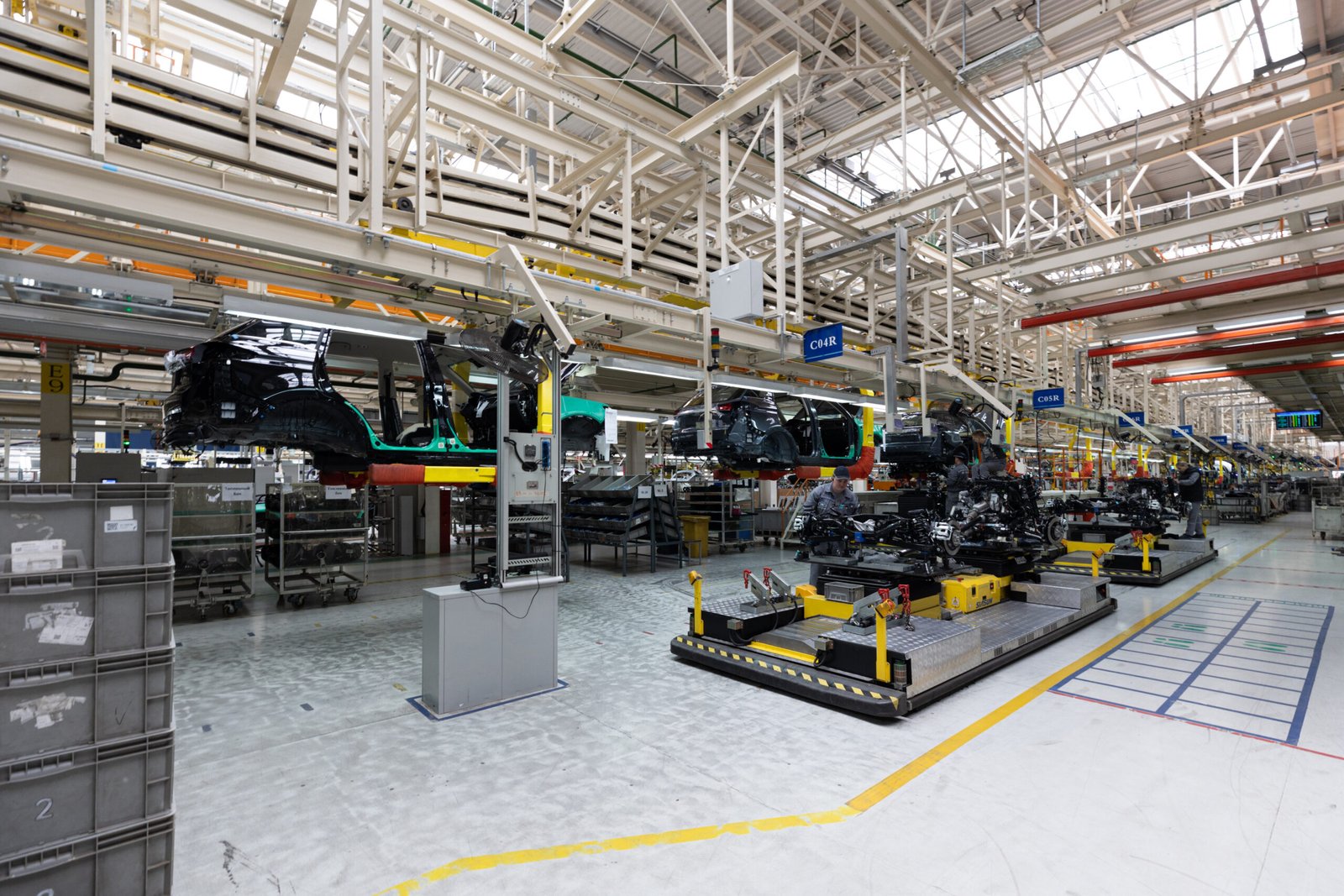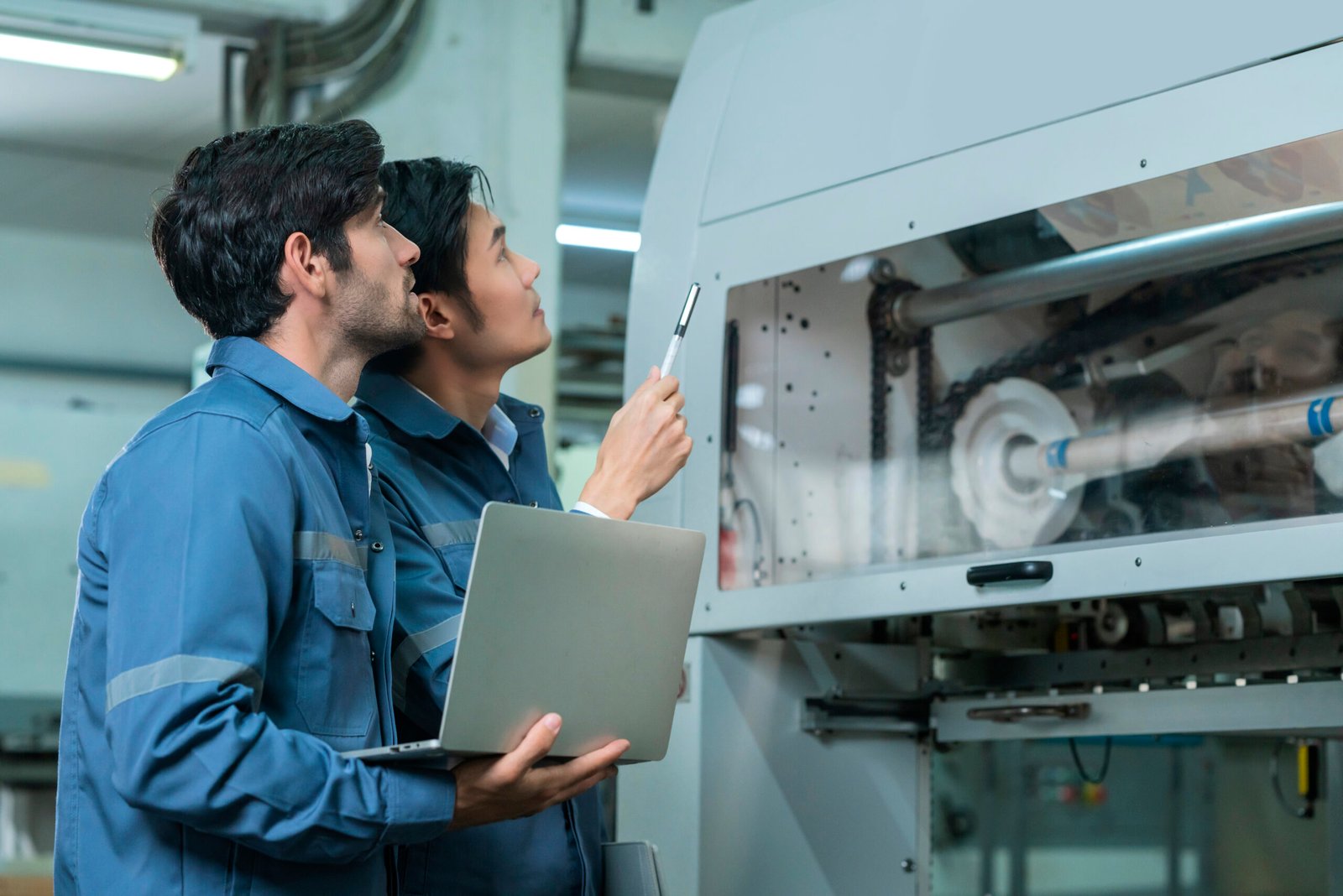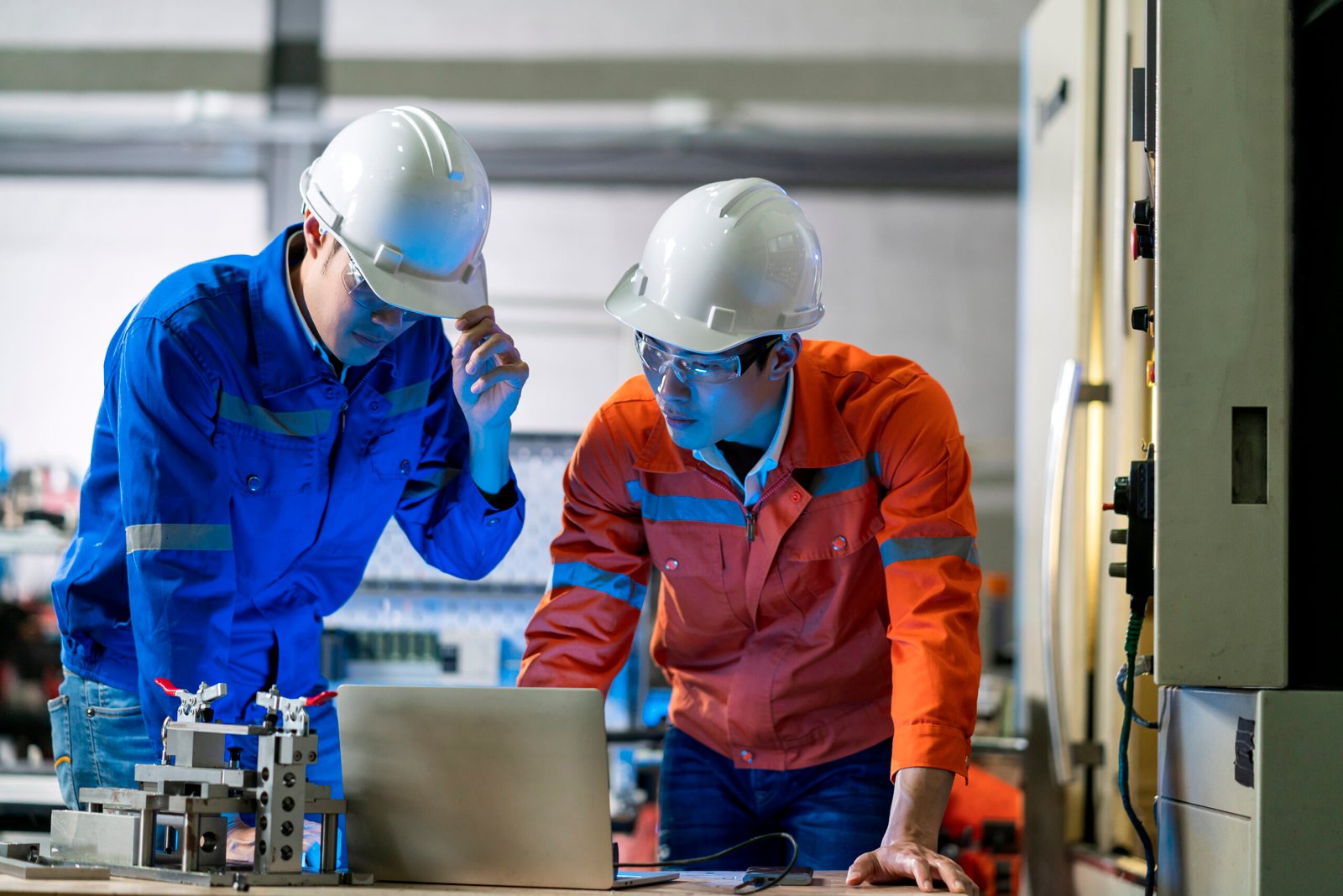Energy
Fundamental Asia
Introduction
Global primary energy consumption reached a new record for the second consecutive year with non-OECD countries dominating both the share and annual growth rates. Fossil fuels continue to underpin their development accounting for 84% of their energy mix.The contrasts between the northern and southern hemispheres is quite stark. Consumption of primary energy in the Global South first exceeded that of the Global North in 2014. In 2023 it accounted for 56% of total energy consumed and grew at twice the global average rate of 2%. The Asia Pacific region was responsible for 85% of the Global South’s demand (and 47% of global demand) where the economies of China, India, Indonesia, Japan and South Korea dominated. Whilst Southern & Central America, and Asia Pacific experienced growth rates above the global average, total demand in Africa dropped by 0.4% in 2023 and electricity consumption remained flat. Electricity demand in both North America and Europe experienced falls of -1% and -2% respectively. In these regions, electricity demand in particular is increasingly impacted by energy efficiency regulations, energy-efficient lighting, and changing consumer habits.

Energy Consumption
The largest energy consumers include Iceland, Norway, Canada, the United States, and wealthy nations in the Middle East such as Oman, Saudi Arabia, and Qatar. The average person in these countries consumes as much as 100 times more than those in some of the poorest countries. In many of the poorest countries in the world, people consume very little electricity, which is estimated to be lower than 100 kilowatt-hours per person in some places.
Consumption of oil exceeded 100 million barrels of oil per day (mbpd) for the first time ever. Gasoline, diesel and kerosene (aviation) use are trending back to or beyond their 2019 levels, but within the data sets there are some national/regional differences. Whilst global gasoline consumption (25 mbpd) was just above its 2019 pre-COVID level, kerosene, although growing strongly (17.5% in 2023), has yet to return to its 2019 peak.

Energy Production
Energy production – mainly the burning of fossil fuels – accounts for around three-quarters of global greenhouse gas emissions. Not only is energy production the largest driver of climate change, but the burning of fossil fuels and biomass also comes at a large cost to human health: at least five million deaths are attributed to air pollution each year.
In 2023, global oil production reached a record level of just over 96 million barrels per day. The US remained the largest producer seeing its output grow by over 8%. In contrast, Russia’s production decreased by over 1% as a full year of international sanctions were felt. Southern & Central America continues to grow rapidly post-COVID and recorded the highest growth rate (11%) for any region in 2023. In Asia Pacific, China’s production rose by 2%, accounting for around 57% of the region’s total production. Whilst the US lost its position as the largest oil refining market by capacity with China reaching 18,484 thousand barrels per day, throughput of refined products from China still lags the US with a utilisation of nearly 82% compared to around 87%.
Global Energy
The automotive industry is essential to the global economy. The “Big Three” U.S. automakers, General Motors, Ford, and Chrysler (now called Stellantis), contribute significantly to the gross domestic product of many countries worldwide and are joined by other automakers headquartered outside the United States like Toyota, Volkswagen, and Hyundai. The industry is segmented into various sub-regions and markets, such as North America, Europe/Russia, and Asia.
This industry is comprised of various sectors, including production, sales, and marketing, and generates substantial global revenue. It demands significant resources from other supply chains, such as oil, steel, plastics, and rubber. Additionally, it plays a vital role in developing roads, fuel stations, and transportation systems, which contribute to growth in other regions. The automobile industry is evolving globally, with advancing technologies and newly designed eco-friendly vehicles leading the way.
When referring to industries in the United States, you must know how they are classified in the North American Industry Classification System (NAICS). NAICS is the standard used by Federal statistical agencies in classifying business establishments. The classification system collects, analyzes, and publishes statistical data related to the U.S. business economy. NAICS has 66 codes for automobiles; below are just a sample. To understand more about NAICS, explore Doing Industry Guide.

Be with Our Capacity, Insight and Expertise
Lorem ipsum dolor sit amet, consectetur adipiscing elit. Ut elit tellus, luctus nec ullamcorper mattis, pulvinar dapibus leo.
Intelligence
We provide in-depth insights, quantitative forecasts, product plans, industry voices, key supplier profiles, OEM assessments, expert analysis and more on disruptive and game-changing technologies.
Outlook Conference: Mapping and Projection
We hold quarterly Outlook Conferences where you can hear the latest insight and forecasts directly from our leading experts and network with other key players in the automotive ecosystem.
Consulting
Our analysts and data colleagues can dive deeper into key areas of inquiry for your business, providing guidance and insight to fuel your business direction.
Data and Survey
Our data dates back more than 50 years and is available at the click of the mouse. Our Data Query tool enables you to run your own customizable reports at any level of granularity. Our Market Trackers utilize our data to bring you visualizations, analysis and technology focused forecasts on key automotive topics.
Research & Marketing Strategies
The shape of industry market in energy is still challenging and open for moderate dynamics due to the production shift and global political condition. In 2023, oil and gas multinational corporations dominated as the leading companies in terms of energy sales. Oil, natural gas, and coal are still the leading sources of primary energy consumption worldwide. By comparison, the revenue of the largest renewable energy companies in the world was below 75 billion U.S. dollars. Their headquarters are mostly located in the United States and Europe.
Figure 2. Leading Energy Companies in the World
The highest 5 energy companies based on their revenue in 2023 are China Petroleum and Chemical Corporation Sinopec (USD441.95 bn), Saudi Arabian Oil Co (USD44.09 bn), PetroChina Co (USD414.27 bn), ExxonMobil (USD344.58 bn), and Shell plc (USD316.62 bn). Reliance Industry (USD116.84 bn) and Indian Oil Corporation (USD112.05 bn) from India and also Petrobas from Brazil (USD102.41 bn) was on the largest 20 energy companies in the world.
Energy companies from developing countries such as Pertamina from Indonesia recorded USD4.62 bn of revenue in 2023. Considering their energy needs for development, countries in developing countries face challenging yet with open opportunity to develop their energy sectors.
Research & Marketing Strategies
In Fundamental Asia, we understand the goal of car manufacturers to appeal to customers’ emotions, safety concerns, performance expectations, and other needs to establish brand loyalty. The fast and extraordinary leap of automotive manufacturing direction have been a global phenomena, enabled by the communication, computer, information and technolgoy, and the battery innovation.
The current stage put most of the car manufacturer at the start line once again. The ‘new brand’ are strughling to represent its new value, reliability and quality to meet the newly defined customers’ satisfaction. Manufacturers use unique values on ‘green energy’, sustainable value chain, new logos, new symbols, completely new designs, and new ecosystem to stand out from competitors. Understanding these distinctions is vital in making informed decisions when purchasing a car.
The automobile industry uses various marketing tools to capture the interest of potential customers. These tools include television commercials, print ads (newspapers, magazines), digital marketing platforms (social media, email), trade journals, and celebrity endorsements to increase brand awareness. These marketing platforms are also used to promote the newest automobile models, discounts, and promotions. If you want to learn more about marketing, we have a research guide on the Marketing Industry that you can explore.


Blueprint on Energy
Lorem ipsum dolor sit amet, consectetur adipiscing elit. Ut elit tellus, luctus nec ullamcorper mattis, pulvinar dapibus leo.
Lorem ipsum dolor sit amet, consectetur adipiscing elit. Ut elit tellus, luctus nec ullamcorper mattis, pulvinar dapibus leo. Lorem ipsum dolor sit amet, consectetur adipiscing elit. Ut elit tellus, luctus nec ullamcorper mattis, pulvinar dapibus leo. Lorem ipsum dolor sit amet, consectetur adipiscing elit. Ut elit tellus, luctus nec ullamcorper mattis, pulvinar dapibus leo.
Advance Propulsion
ADAS
ADAS applications incorporate the latest interface standards and run multiple vision-based algorithms to support real-time multimedia, vision coprocessing, and sensor fusion subsystems. The earlier generation of computerized diagnostic on the car is the On Board System (OBD 1 and OBD 2), which essentially limited to the vehicle itself. Now days, the ADAS cover several essential aspect outside the vehicle, including: 1. Pedestrian detection; 2. Traffic detection; 3. Automatic braking; 4. Lane warning and correction. The advancement of ADAS application is the first steps toward realizing autonomous vehicles as we found in Audi A8, Infiniti QX50, Mercedes-Benz EQS, Mustang Mach-E, Tesla Model S, 3, X, and Y, BMW X7, Volkswagen ID.4, or Ariya by Nissan.
Fundamental Asia examine the fast development and application of the ADAS system, not only in autonomous vehicle applications, but alos in self-driving cars, passenger cars, golf carts, AMR, AGV, drones, boat, or specific-duty moving objects. Many players on the market arise to contribute and to invest on ADAS. One of them is a start up company form Japan that build the ECX-2400 PEG + Dual PE-7004MX, a custom real-time computing system that would provide the capabilities they needed to overcome the challenges associated with 3D map capture.
Complex 3D Map and Software - Define Vehicle
Only when the route and destination is on the map the autonomous vehicle will work. Fundamental Asia intensively examine the readiness of this necessary requirement across product, market, and regions.
3D mapping is useful to autonomous vehicles when it offloads the need for the vehicle to build its own map in real-time. Building 3D maps is extremely compute-intensive, and using pre-built 3D maps effectively offloads this task from the autonomous vehicle. When a 3D map is available, the vehicle can focus on identifying and tracking objects within the environment rather than having to first scope out the environment so it can then identify objects within the environment.
What we need to properly construct a 3D map:
- Real-time video capture is needed. The fastest PoE cameras on the market today require a 10GigE interface to store video without data loss.
- Multiple cameras must be captured simultaneously. The vehicle collecting data for 3D mapping has to collect video from multiple angles to capture an accurate representation of an area.
- High-performance computing platform required. The system has to complete many tasks in addition to capturing and storing video data, including 3D mapping model setup and SLAM processing.
- In-vehicle space is limited. The entire 3D map capture system has to be able to fit within a vehicle.
- Power must be optimized. The 3D mapping system must be optimized for in-vehicle operation. This includes keeping power requirements low as well as protecting the system from events such as power surges that occur when the vehicle ignition is active.
- Harsh operating environment requires rugged implementation. Automotive vehicles are a harsh operating environment. Factors such as temperature, vibration, and abrupt starts/stops can lead to unintentional disconnection of interfaces and boards that disrupt processing.
- The system must be easy to set up. Ease of setup is essential for simplifying vehicle operation, minimize opportunities for human error, and assuring reliable data capture.
Digital and Power Ecosystem
Lorem ipsum dolor sit amet, consectetur adipiscing elit. Ut elit tellus, luctus nec ullamcorper mattis, pulvinar dapibus leo. Lorem ipsum dolor sit amet, consectetur adipiscing elit. Ut elit tellus, luctus nec ullamcorper mattis, pulvinar dapibus leo. Lorem ipsum dolor sit amet, consectetur adipiscing elit. Ut elit tellus, luctus nec ullamcorper mattis, pulvinar dapibus leo.
Battery Innovation
From the latest, the 3 technologies applied on battery are: 1. solid state batteries; 2. lithium-sulfur batteries; and 3. lithium-ion batteries. The li-ion batteries is commont to find now days. The major players for Li-ion batteries is China-based CATL with a market share of almost 37 percent in 2023. The Chinese company BYD ranked second with a market share of 15.9 percent, followed by South Korean LG Energy Solution with a market share of 14 percent. One of the long record company on batteries innovation is Saft (over 100 years). Another important global company in batteries industry are EVE, AESC, Grepow, CALB, SKI, Samsung SDI, and Panasonic.
The second type of battery, lithium-sulfur batteries uses sulfur for the battery’s cathode, which is more sustainable than nickel and cobalt typically found in the anode with lithium metal. In li-ion batteries, the lithium ions are stored in active materials acting as stable host structures during charge and discharge. In lithium-sulfur (Li-S) batteries, there are no host structures. While discharging, the lithium anode is consumed and sulfur transformed into a variety of chemical compounds; during charging, the reverse process takes place. A Li-S battery uses very light active materials: sulfur in the positive electrode and metallic lithium as the negative electrode. This is why its theoretical energy density is extraordinarily high: four times greater than that of lithium-ion. That makes it a good fit for the aviation and space industries.
In all-solid state batteries, the liquid electrolyte is replaced by a solid compound which nevertheless allows lithium ions to migrate within it. The first huge advantage is a marked improvement in safety at cell and battery levels: solid electrolytes are non-flammable when heated, unlike their liquid counterparts. Second, it permits the use of innovative, high-voltage high-capacity materials, enabling denser, lighter batteries with better shelf-life as a result of reduced self-discharge. Moreover, at system level, it will bring additional advantages such as simplified mechanics as well as thermal and safety management.
Cybersecurity
Lorep Ipsum
Risk Shifting and Distribtuion
Fundamental Asia examine most aspects of the automotive industry advancements. These include the production risk, financial risk, infrastrurcture risk, the power sufficiency risk, the cyberrisk, and the market risk. Furthermore, Fundmantal Asia continuesly investigate and analyse the distribution of the risk across producer-consumer-regulator, across regions, and the inter-industry linkages.
Fundamental Asia research and define a nearly optimum risk sharing scheme, which enable most stakeholders involved to allocate their own resource, and to coordinate in an integrated ecosytem. The scheme varies acorss market and regions, and the interlinkages also dynamically evolving.
Core Areas
Our Latest Thinking on Energy
Meet Our
Experienced Industry Expert

John Doe
Software Engineer
Add team member description here. Remove the text if not necessary

John Doe
Software Engineer
Add team member description here. Remove the text if not necessary

John Doe
Software Engineer
Add team member description here. Remove the text if not necessary

John Doe
Software Engineer
Add team member description here. Remove the text if not necessary
Our Partner Success

This is the heading
Lorem ipsum dolor sit amet, consectetur adipiscing elit. Ut elit tellus, luctus nec ullamcorper mattis, pulvinar dapibus leo.

This is the heading
Lorem ipsum dolor sit amet, consectetur adipiscing elit. Ut elit tellus, luctus nec ullamcorper mattis, pulvinar dapibus leo.

This is the heading
Lorem ipsum dolor sit amet, consectetur adipiscing elit. Ut elit tellus, luctus nec ullamcorper mattis, pulvinar dapibus leo.

This is the heading
Lorem ipsum dolor sit amet, consectetur adipiscing elit. Ut elit tellus, luctus nec ullamcorper mattis, pulvinar dapibus leo.




